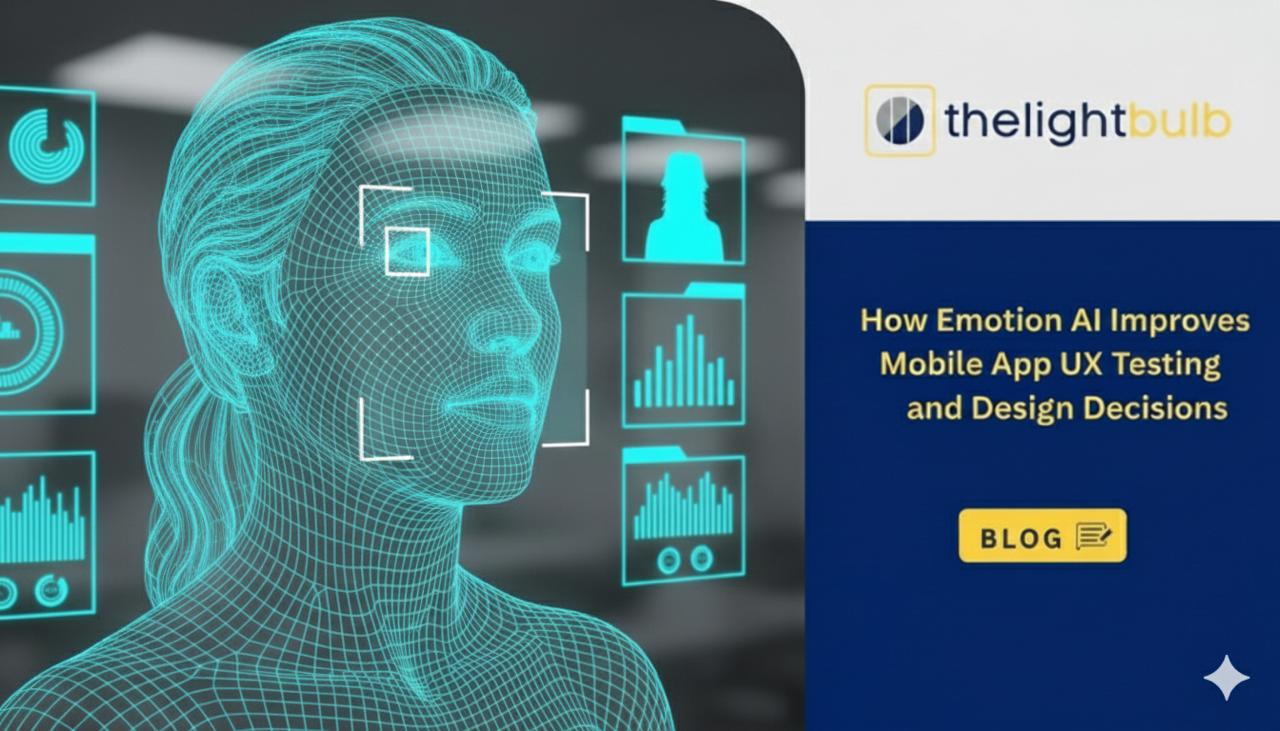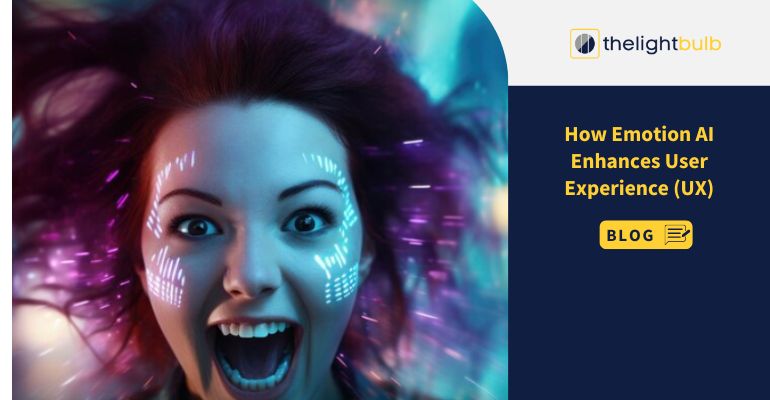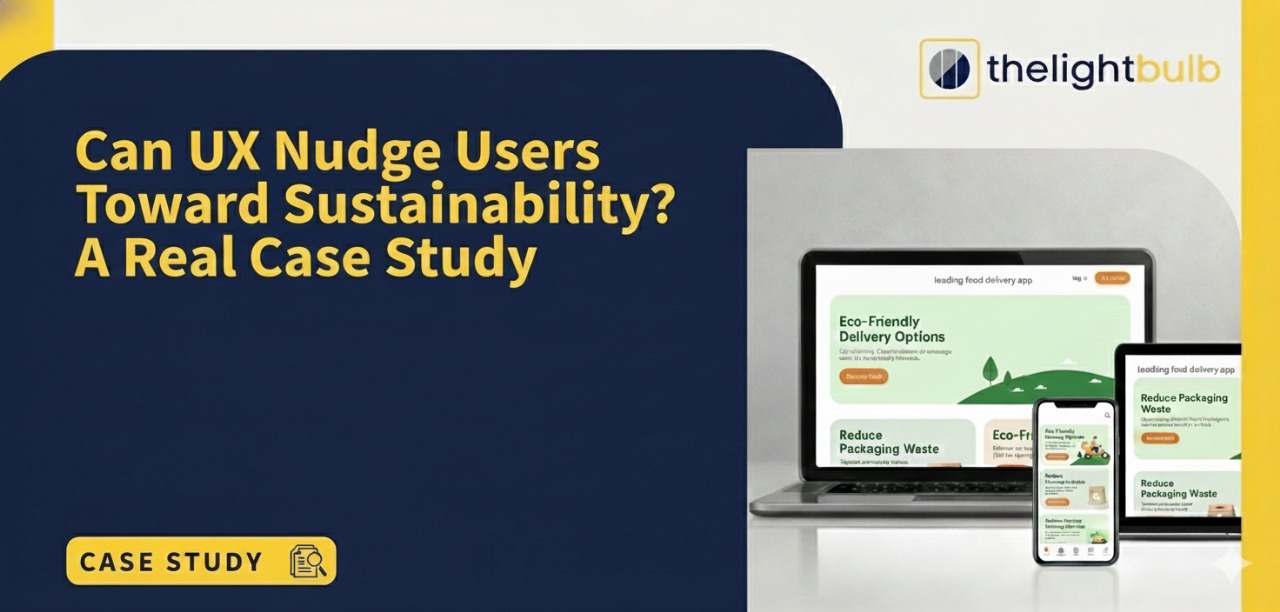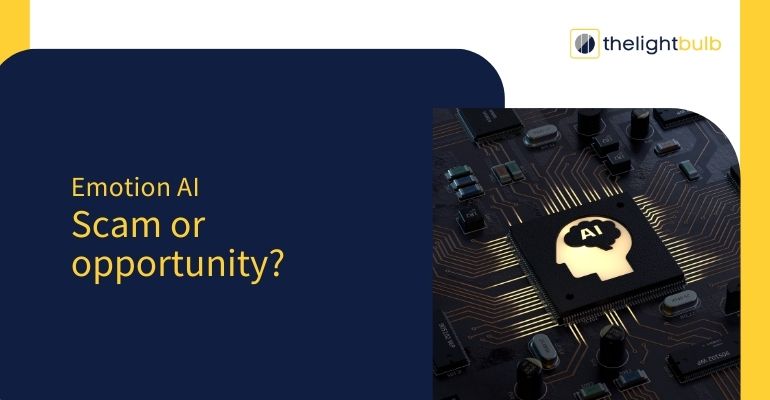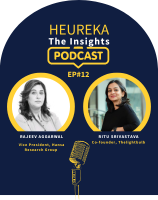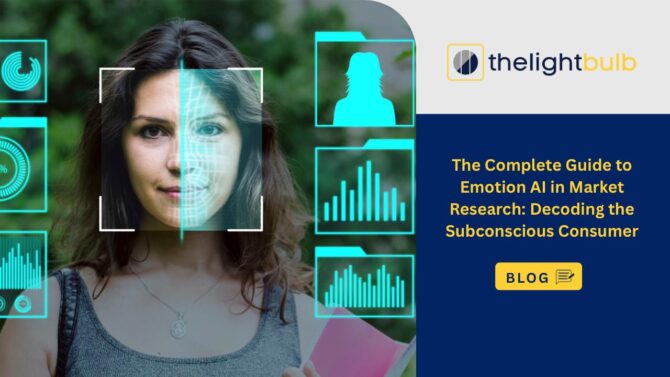
The Complete Guide to Emotion AI in Market Research: Decoding the Subconscious Consumer
Transforming Consumer Insights with Artificial Intelligence
“95% of purchase decisions happen in the subconscious mind.” – Harvard Professor Gerald Zaltman
For decades, market researchers have tried to understand the “why” behind consumer behavior using surveys, focus groups, and interviews. While valuable, these methods often only scratch the surface, capturing what consumers say they feel, not necessarily what they truly feel.
Today, we’re in the midst of an emotional revolution. Welcome to the world of Emotion AI.
Emotion AI, also known as Affective Computing, is a branch of artificial intelligence that uses technology to recognize, interpret, and simulate human emotions. In market research, it’s a game-changer, providing a direct window into the subconscious, non-verbal reactions that drive consumer choice.
The market isn’t just listening; it’s investing—heavily. The Emotion AI market is experiencing explosive growth, projected to surge at a Compound Annual Growth Rate (CAGR) of over 22%, rocketing its valuation to between $9 billion and $38 billion by 2030-2035. This isn’t a future trend; it’s the new standard, born from the powerful convergence of advanced AI and the research industry’s rapid digital transformation.
Understanding Emotion AI – The Foundation
What Exactly is Emotion AI?
At its core, Emotion AI (or Affective Computing, a term coined by MIT’s Rosalind Picard in her seminal 1995 paper) is the science of quantifying subconscious human behavior. It leverages machine learning algorithms to analyze facial expressions, eye movements, vocal tones, and even biometrics to measure emotional responses in real-time. This allows researchers to move beyond self-reported data and capture the unfiltered, authentic reactions that reveal a consumer’s true feelings about a product, advertisement, or experience.
How Emotion AI Works: The Technology Stack
Emotion AI isn’t a single technology but an integrated ecosystem of tools.
- Facial Coding Analysis: This is the cornerstone of Emotion AI. Built on the foundational work of Dr. Paul Ekman and his Facial Action Coding System (FACS), AI models can identify micro-expressions linked to the seven universal emotions: Happiness, Sadness, Surprise, Fear, Anger, Disgust, and Contempt. With a standard webcam or mobile camera, today’s platforms achieve over 90% accuracy, providing a second-by-second emotional timeline of a consumer’s experience.
- Eye Tracking Technology: Where do they look first? How long do they linger? Eye tracking answers these questions with incredible precision. Using heatmaps, gaze plots, and defined Areas of Interest (AOIs), this technology quantifies attention and engagement. The accuracy is remarkable: up to 96% in controlled settings and an impressive 91% in real-world environments. This is invaluable for analyzing packaging design, shelf layouts, and website usability.
- Multi-Modal Integration: The true power of Emotion AI in 2025 lies in combining these data streams. By integrating facial coding, eye tracking, and voice analysis, researchers can build a comprehensive, 360-degree view of the consumer’s emotional journey, understanding not just what they felt, but what they were looking at when they felt it.
The Business Case – Why Emotion AI Matters
The Limitations of Traditional Market Research
Traditional methods have served us well, but they have inherent limitations in the digital age:
- Response Bias: Consumers may say what they think the researcher wants to hear or rationalize their decisions post-facto.
- Survey Fatigue: Low engagement leads to rushed, inaccurate, or incomplete answers.
- Subconscious Blind Spots: They cannot capture fleeting, non-verbal reactions that often indicate true feelings.
- Cost and Time: In-person focus groups are slow, expensive, and geographically limited.
The Emotion AI Advantage: Data-Backed Benefits
Emotion AI directly addresses these challenges with quantifiable advantages:
- Accurate & Real: With >90% accuracy in mapping non-verbal cues, it delivers objective data on authentic emotional responses.
- Rich & Actionable: It moves beyond simple “like” or “dislike” metrics to quantify the full spectrum of emotional engagement.
- Bias-Free: It eliminates moderator bias and the bias of self-reporting, capturing unfiltered reactions.
- Scalable: Research can be conducted remotely with global panels, making it up to 4X faster than traditional methods.
- Cost-Effective: It significantly reduces the need for physical facilities, travel, and logistical overhead.
Industry Adoption: The Numbers Don’t Lie
The industry is already shifting. A 2020 GRIT report noted a 12% increase in Online In-Depth Interviews (IDIs) and a 20% increase in Online Focus Group Discussions (FGDs)—a trend that has only accelerated. Furthermore, Gartner reports that 27% of organizations see AI as the next big game-changer for customer experiences. Early adopters are already reaping significant ROI.
Practical Applications in Market Research
Emotion AI isn’t just a theory; it’s delivering results across the entire product and marketing lifecycle.
Advertising & Media Testing
Gone are the days of guessing which creative will resonate. With Emotion AI, you can analyze a video ad second-by-second to pinpoint scenes that evoke joy, confusion, or disinterest. This allows you to optimize creative content before a costly media launch, ensuring maximum impact.
Case Study: Hindustan Unilever – Emotion AI for Ad Effectiveness
Hindustan Unilever leveraged TheLightbulb.AI’s Emotion AI platform to measure second-by-second engagement, joy, and sadness across four detergent commercials, including Surf Excel and Tide. Insights revealed clear emotional peaks and dips—for example, Surf Excel’s Bachpan ad scored a high engagement of 91.24/100 when the father shared his childhood memories but saw joy plummet to zero when the child mentioned having fewer friends. Character-level analysis also showed that positive resonance was strongest with mother
figures across ads, while Tide’s Angels in White drew the highest sadness scores due to its somber theme.
By comparing ads, HUL discovered that Surf Excel ads generated stronger recall and excitement to purchase than Tide, with 55% of participants recalling Surf Excel most positively even 72 hours later. These findings enabled HUL’s creative teams to pinpoint which story arcs and characters resonated best, and which moments weakened viewer connection—empowering them to refine future campaigns for higher emotional impact and brand loyalty.
Product Development & Innovation
Analyze video testimonials from product testers to uncover authentic emotional feedback that surveys miss. Use eye tracking to optimize packaging design, ensuring the most important claims and branding elements are noticed on a crowded shelf. Map the emotional journey of a user interacting with a new app to identify points of friction and delight.
Shopper & Retail Research
Understand the emotional path to purchase by tracking shoppers in-store or through simulated online environments. Use eye tracking and facial coding to optimize shelf placement, promotions, and end-cap displays to capture attention and drive positive emotional engagement at the critical moment of decision.
Brand & Customer Experience
Go beyond simplistic Net Promoter Scores (NPS). Emotion AI can map the emotional highs and lows across the entire customer journey, from website interaction to unboxing to customer service calls. This provides a nuanced understanding of brand perception and loyalty drivers.
Implementation Guide: From Theory to Practice
Adopting Emotion AI is a strategic process. Here’s a framework to get started.
The Implementation Framework
- Define Clear Objectives: What specific business question are you trying to answer? (e.g., “Which ad creative drives the most joy?”)
- Choose the Right Tech Mix: Do you need facial coding, eye tracking, voice analysis, or a combination?
- Select Participant Panels: Recruit a diverse and representative panel for your target audience.
- Design the Study: Create a clear, engaging methodology for participants.
- Execute & Collect Data: Run the study on a certified Emotion AI platform.
- Analyze & Interpret: Use the platform’s dashboards to analyze emotional peaks, valleys, and attention metrics.
- Integrate Insights: Combine Emotion AI data with survey results and other business intelligence for a holistic view.
Technology Selection Checklist
When evaluating vendors, consider:
- Accuracy & Validation: Ask for peer-reviewed research and validation studies.
- Integration Capabilities: Can the platform integrate with your existing survey or research tools?
- Data Privacy & Compliance: Is it compliant with GDPR, CCPA, and other key regulations?
- Cost & Scalability: Does the pricing model fit your budget and research volume?
Challenges & Solutions: The Honest Reality
No technology is a silver bullet. It’s crucial to be aware of the challenges and how the industry is addressing them.
- Technical Challenges: Accuracy can be affected by poor lighting, camera angles, and cultural variations in emotional expression.
- Solution: Use cross-validation with multiple AI models and combine insights with traditional qualitative feedback. Modern platforms also employ advanced bot detection and data sanitization to ensure data quality.
- Ethical & Privacy Concerns: Collecting biometric and emotional data is sensitive.
- Solution: Transparency is key. Always secure informed consent, explaining exactly what data is being collected and how it will be used. Work only with vendors who are fully compliant with privacy regulations like GDPR.
- Bias Mitigation: AI models can have inherent biases if not trained on diverse datasets.
- Solution: Human oversight remains critical. Expert researchers must interpret the data in its cultural context. Demand transparency from vendors on how their algorithms are trained and tested for bias.
The Future of Emotion AI in Market Research
The evolution of Emotion AI is accelerating. Here’s what’s on the horizon.
Emerging Trends
- Advanced Multi-Modal AI: Deeper integration of facial, vocal, eye-tracking, and even biometric data (like heart rate) for a more holistic emotional picture.
- Real-Time Analytics: The ability to analyze and react to consumer emotions in real-time during live events or digital interactions.
- Democratization: As technology becomes more accessible, even smaller businesses and agencies will be able to leverage powerful Emotion AI tools.
Preparing for What’s Next
To stay ahead, research teams should focus on:
- Skills Development: Training in data science, AI ethics, and multi-modal analysis.
- Technology Investment: Planning for the integration of Emotion AI platforms into the existing research stack.
- Ethical Frameworks: Proactively developing internal guidelines for the ethical use of emotional data.
Conclusion:
The ability to decode subconscious consumer emotions is no longer a futuristic concept—it’s a practical and powerful tool for building brands, creating better products, and delivering superior customer experiences.
Emotion AI provides the speed, scale, and depth of insight needed to win in today’s competitive landscape. By implementing it thoughtfully and ethically balancing its power with human expertise, you can unlock a level of consumer understanding that was previously unimaginable.
The emotional revolution is here. The time to embrace it is now.
